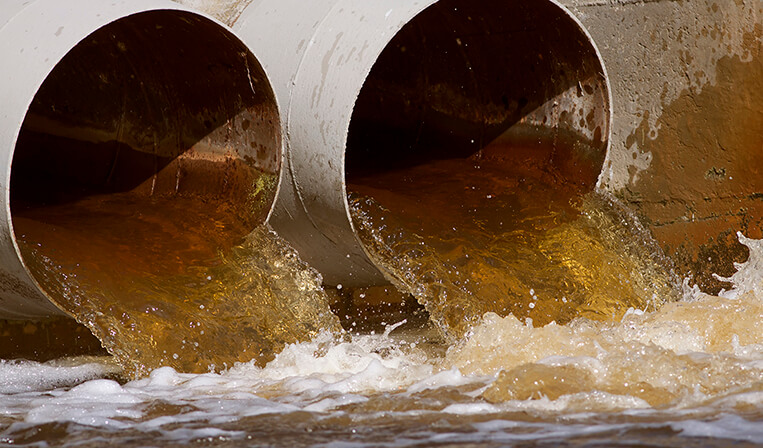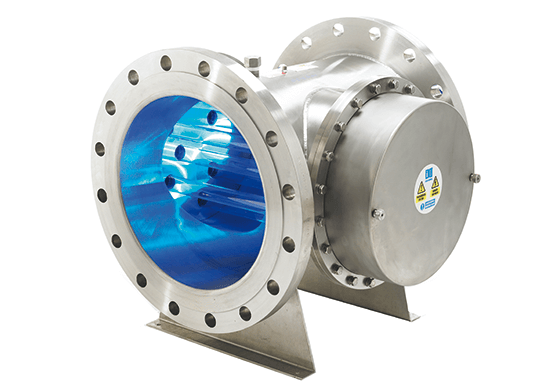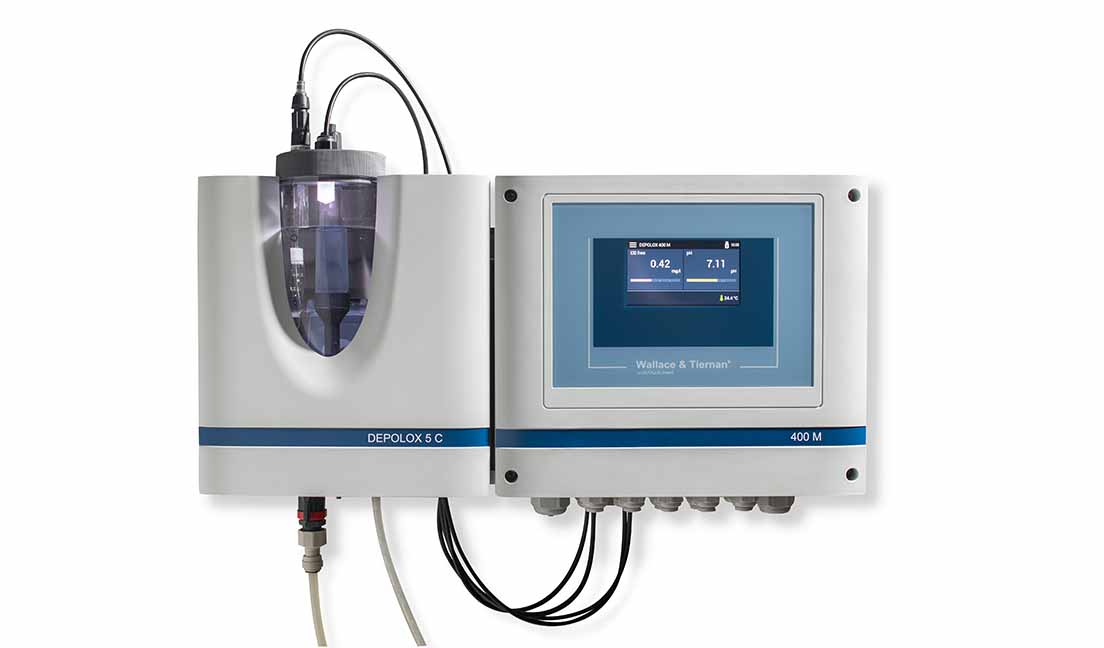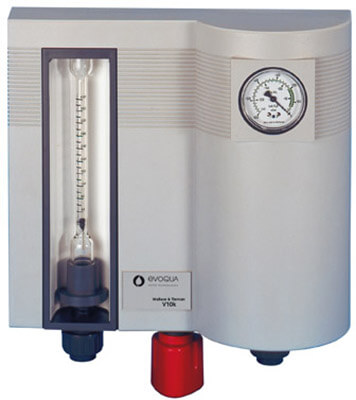Combined sewers can cause serious water pollution problems during combined sewer overflow (CSO) events when combined sewage and surface runoff flows exceed the capacity of the wastewater treatment plant or the maximum flow rate of the system which transmits the combined sources. The overflow is often discharged to a receiving body of water that often combines a variable mixture of untreated human and industrial waste, polluted runoff, debris and scoured materials that build up in the collection system during dry weather periods. Discharge contains a variety of contaminants such as chemicals, pathogenic microorganisms, viruses and cysts that impair water quality and impact human health and wildlife.

The selection of a disinfection method for a specific CSO outfall depends on many factors, including:
- Quality of the wastewater being discharged
- Potential toxic effects
- Ease of operation and maintenance
- Regulations governing residual standards



